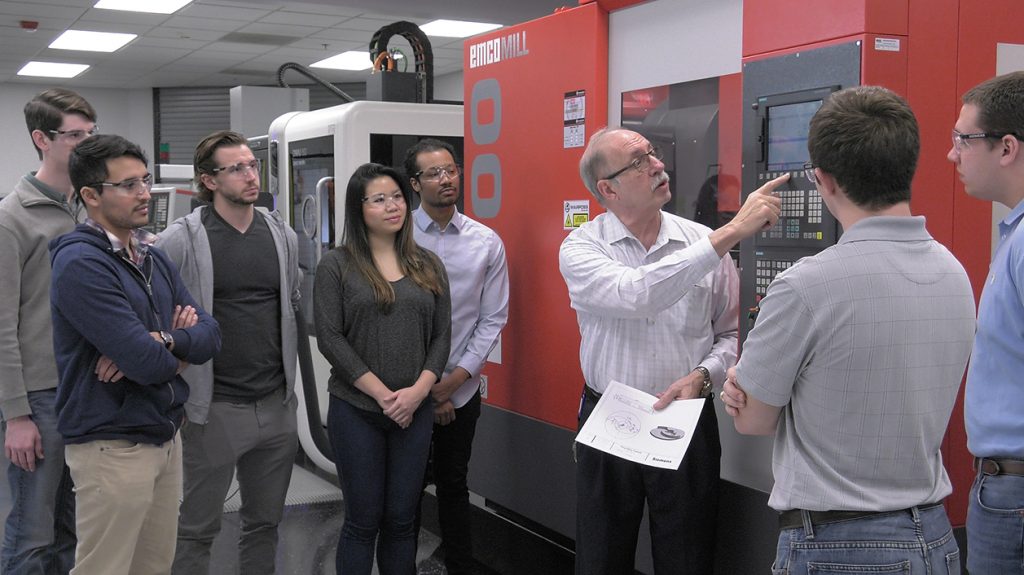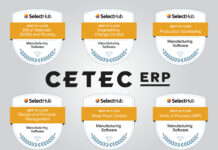
What was the impetus behind the launch of the LEAP initiative in 2017?
The Lifelong Educational Advantage Program, or LEAP, was launched as an offshoot of Siemens Cooperation with Education, which was already in place at the time. SCE was active at our locations throughout Europe and the USA, so we were able to use that experience as a model for a similar initiative here in the States. Siemens has some 350,000 employees worldwide, and approximately 65,000 in the U.S., so we had thousands of people with a lot of experience to draw from in offering training opportunities to students in high schools and secondary institutions such as technical programs, community colleges and universities.
How did you go about approaching high schools and technical programs about enrolling in LEAP? How do they get started, and what costs do they incur?
We already had longtime relationships with about 500 U.S. academic institutions at the time, so we were able to use that as a starting point as we began reaching out to other potential enrollees. The schools that apply and are approved receive a 90 percent discount on the Sinutrain training system they receive, which turns any PC screen into an almost exact representation of the Sinumerik 828D and 840D sl controls on the machine. As for the training, we train and certify the instructors, who then train the students who are working toward their own certifications. The schools pay no extra cost beyond their initial software investment.
When the program mentions “hands-on” training, does this describe onscreen exercises or actual exposure to a machine tool?
The training modules vary, depending on what the student is drawn toward. If it’s turning, there are two levels, with the first being conversational — mostly onscreen work — and the second focusing on writing G-Code. If it’s milling they choose, there is a third level for 5-axis machining. They have a wealth of resources on our Siemens CNC4you web site, including webinars and live machining demos. As for the hands-on portion, once they’re ready the students are required to develop their part programs which are verified with 3D graphics, paying special attention to any potential collision scenarios, and then to have their instructor sign off on the results before they load it into an actual machine at their facility. They must prove to the instructor that they can run the part they’ve designed before they’re eligible for certification. When they have that in hand, they are very desirable as a candidate once they enter the job market.
 In the two years that this initiative has been in place, can you speak to growth in terms of enrollees and/or industry partner OEMs?
In the two years that this initiative has been in place, can you speak to growth in terms of enrollees and/or industry partner OEMs?
In 2017, starting with six or seven schools that had been approved for entry into the program, since then we’ve seen that number double every year, with more than 50 academic institutions now enrolled, and we’re issuing hundreds of student certifications every year. So we’re quite pleased with the progress we’ve made, and we expect this upward trend to continue. And the list of OEM partners is thriving as well, with companies such as DMG Mori, ROMI, Emco and Levil, among many others, onboard as industry supporters.
Have you seen a shift in recent years within manufacturing, from mere awareness of the shortage of STEM-trained graduates to actually tackling the problem, as Siemens is doing?
Yes, without a doubt. We’ve reached a tipping point where the skills gap is now a mainstream news topic that everyone is aware of, and industry and academia have joined forces to develop effective solutions. We need to convey to students that today’s manufacturing jobs pay $85,000 a year on average and often involve carrying an iPad, not a toolbox. Work/life balance is taken into consideration, and manufacturers are beginning to reestablish apprenticeship programs based on the German model. We want these young people to understand that a four-year college experience might not be for everybody, and that there’s a way to start your life and career after school without being buried under a mountain of debt.











































